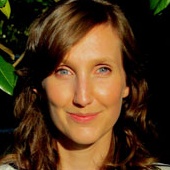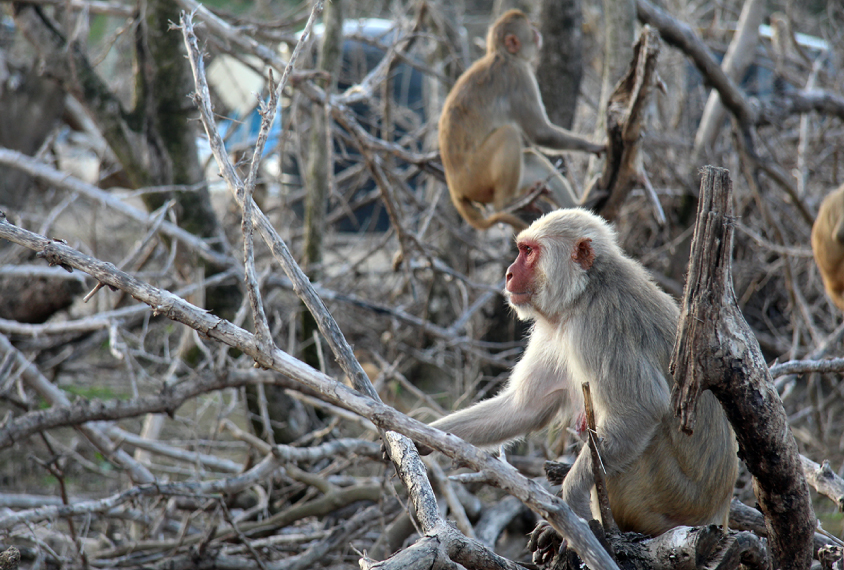Lauren Brent is associate professor of ethology at the University of Exeter in England.

Lauren Brent
Associate professor
University of Exeter
From this contributor
Friends of friends: How monkey island’s residents bonded after Hurricane Maria
On 20 September 2017, Hurricane Maria passed over Puerto Rico’s Cayo Santiago Island, home to more than 1,500 non-native rhesus macaques. After the storm, the monkeys formed new, unexpected relationships in ways that could offer clues about autism.

Friends of friends: How monkey island’s residents bonded after Hurricane Maria
Explore more from The Transmitter
Dispute erupts over universal cortical brain-wave claim
The debate highlights opposing views on how the cortex transmits information.

Dispute erupts over universal cortical brain-wave claim
The debate highlights opposing views on how the cortex transmits information.
Waves of calcium activity dictate eye structure in flies
Synchronized signals in non-neuronal retinal cells draw the tiny compartments of a fruit fly’s compound eye into alignment during pupal development.
Waves of calcium activity dictate eye structure in flies
Synchronized signals in non-neuronal retinal cells draw the tiny compartments of a fruit fly’s compound eye into alignment during pupal development.
Among brain changes studied in autism, spotlight shifts to subcortex
The striatum and thalamus are more likely than the cerebral cortex to express autism variants or bear transcriptional changes, two unpublished studies find.

Among brain changes studied in autism, spotlight shifts to subcortex
The striatum and thalamus are more likely than the cerebral cortex to express autism variants or bear transcriptional changes, two unpublished studies find.